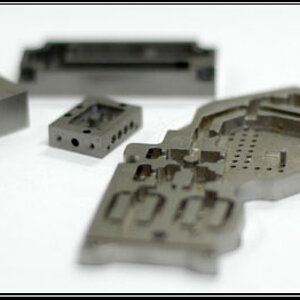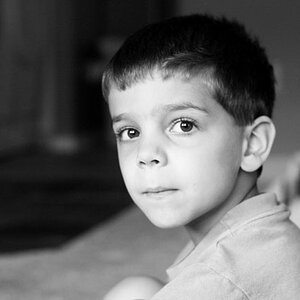Juga
No longer a newbie, moving up!
- Joined
- Jan 18, 2013
- Messages
- 1,291
- Reaction score
- 400
- Location
- Charleston, SC
- Can others edit my Photos
- Photos OK to edit
Hello all. I have a Canon T4i and recently bought a EF 50mm f/1.8 II because it is cheap! However I have had extreme issues with its AF so I switched to MF. When I use MF it appears to be focused in the viewfinder but when I go back to review my photos all of them look out of focus. I am wondering if this is a common issue with this lens or is it because I am a noob. Please advise!












![[No title]](/data/xfmg/thumbnail/30/30885-2764c7a15a288ed06f3903d3a2756832.jpg?1619734497)






